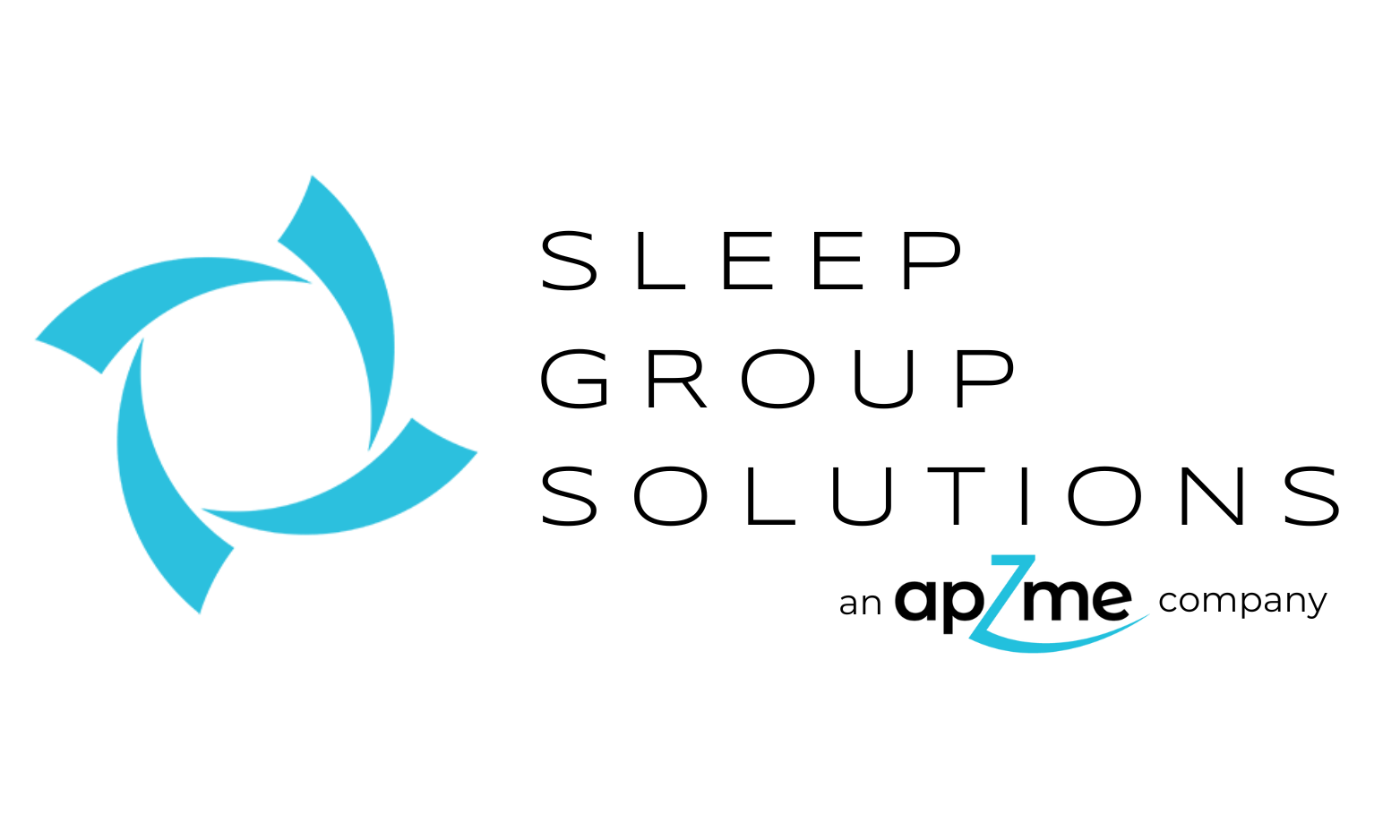THE TRUTH ABOUT SLEEP APNEA SEMINAR TRAINING
Dental Sleep Medicine: the hottest button in dentistry today.
Awareness of sleep apnea in America is at an all-time peak. People who recognize that they have the symptoms are asking their doctors about it. Every dentist would like to be “The Sleep Dentist”.
Seminars and courses are now available every week, in different cities, throughout the United States. More and more dentists are getting trained to discover the more than 40 million estimated victims of sleep apnea, and to treat them with the most appropriate modalities. Oral appliance therapy (OAT) is the most convenient and preferred therapy for the mild and moderate cases and for those patients who cannot tolerate the CPAP device. Fortunately, this is where The Dentist rides in on a white horse to the rescue. Dentists, we like to say, are on the front line of the battle against sleep apnea. Dentists are in the optimum position to see the signs and symptoms and can offer the most preferred solutions to the problem.
Keys to Success
Success in treatment acceptance and end point attainment varies with, and depends upon, each individual dentist’s determination and his/her patient’s cooperation. The training programs will present the tools, the screening and diagnostic equipment, the techniques, the verbal skills, etc., but as in other health-care therapies, a partnership between the professional provider and the patient is the key to success. The patient’s cooperation is essential. Take periodontal disease therapy (STM or CPT), for example. The dentist and hygienist will remove the disease, teach the patient how to maintain periodontal health, and then monitor the patient’s progress for the patient’s lifetime. Sleep apnea can be considered an episodic disease like periodontal disease, diabetes and cardiac disease. For these there is no cure; only a lifetime of care to keep these diseases under control. Failure of patients to comply will result in an episodic return of the symptoms in any of these cases. Compliance will keep them under control. So that explains the patient’s role in the “partnership for success”.
Why do some dentists take the course, go back to their Practices, “try it” and become discouraged?
And now the dentist’s responsibilities.
In the words of the Great Master Yoda, in the classic Star Wars movies, “There is no ‘try’; there is only ‘do’ or ‘do not’.”
Beginning with the seminar training, the dentist must be 1000% committed to success. (Anything we endeavor will be more likely to be achieved when we are positive that we will win.) The seminar training is only the beginning of the learning process. We must retain what we have learned, continue to study, to research all new ideas and to practice our treatment plan presentations with our teams. Everyone on the team must be skilled and committed.
11-26-13 DOS EQUOSWe must be able to answer these questions:
How do I keep my team motivated and constantly alert to help these patients?
How do find and connect with a certified medical sleep physician?
How do I “sell” my patient on the need for these services?
How do I bill patients and third party benefit payers for my DSM services?
This article did not promise the details of a “How to ….” for a DSM practice. Those answers are available for anyone to find, just as we found the answers to mastering.Perio Hygiene, composites and Smile Enhancements. The point of this article is that the Sleep Apnea training, although essential, is not the end of the education. It is, as Winston Churchill said in 1942 during WWII, “…this is not the end. It is not even the beginning of the end. But it is, perhaps, the end of the beginning.” And THAT is “the truth about sleep apnea training”.


